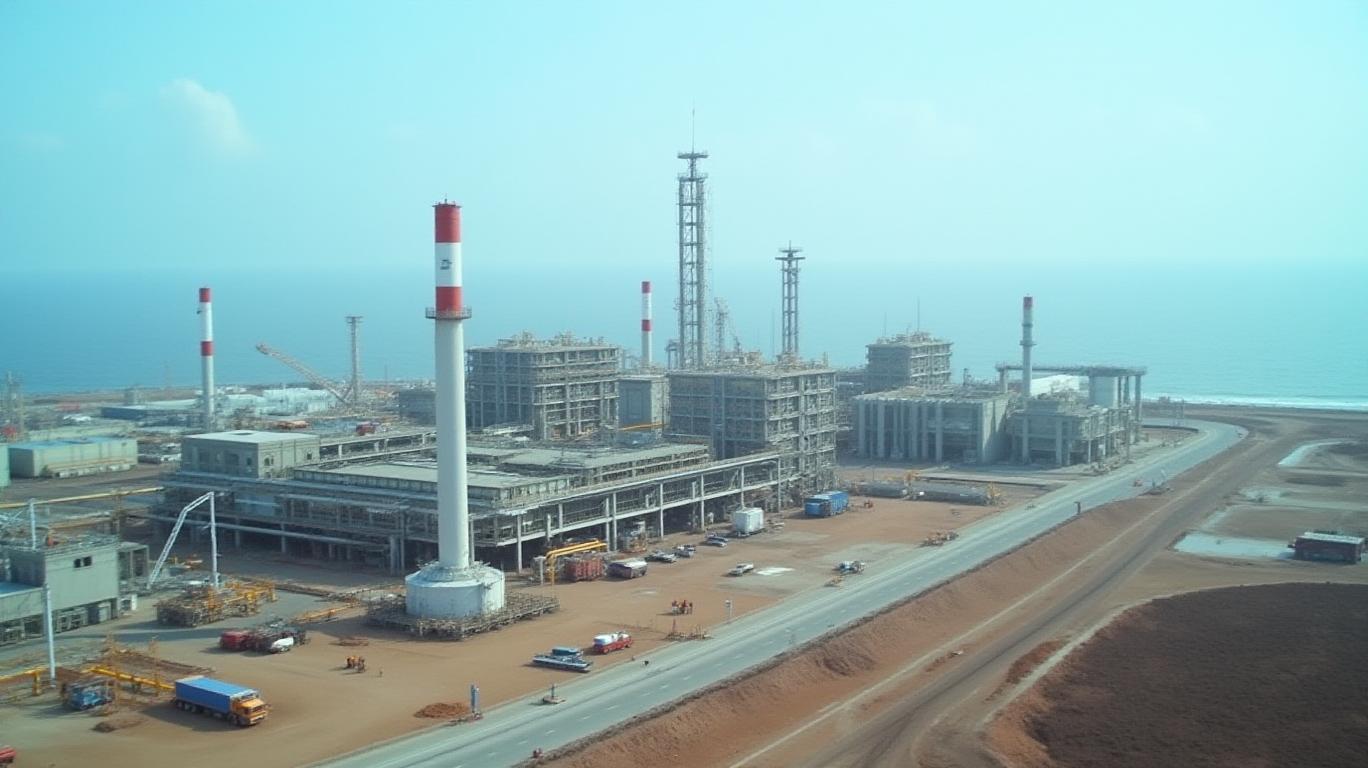TETRA Technologies Misses Q1 Forecasts but Signals Resilience in First-Half Outlook
TETRA Technologies (NYSE: TTI) delivered a mixed opening to 2025, reporting a first-quarter earnings miss but reaffirming confidence in its ability to navigate industry headwinds through a tightened first-half guidance. While the company fell short of expectations in both revenue and EPS, its revised outlook suggests management is betting on operational discipline and strategic investments to drive results in the months ahead.
Q1 Results: A Soft Start Amid Sector Challenges
TETRA’s Q1 2025 earnings per share (EPS) of $0.03 missed analysts’ estimates by $0.04, while revenue of $157 million fell short of the $161.31 million consensus. The miss underscores broader headwinds in TETRA’s core markets, including volatile energy prices, supply chain constraints, and lingering inflationary pressures. The company attributed the shortfall to lower-than-expected activity in its Energy Services division, which has been impacted by client delays in North American oil and gas projects.
Guidance Tightens, Highlighting Near-Term Confidence
Despite the Q1 stumble, TETRA narrowed its first-half 2025 guidance ranges, signaling improved visibility. The company now projects first-half Adjusted EBITDA of $57 million to $65 million, up from a prior range of $55 million to $65 million. If achieved, the upper end of this range would mark a ten-year record for the metric, reflecting cost-saving measures and stronger second-quarter expectations. Revenue guidance was also tightened to $315 million to $345 million, a narrower band than the previous $325 million to $355 million, suggesting reduced uncertainty.
Notably, TETRA raised its adjusted net income before taxes guidance to $24 million to $35 million, up from prior projections, indicating management’s belief that margin improvements and operational efficiencies can offset macroeconomic risks.
Strategic Focus: Diversification and Critical Minerals
TETRA’s resilience narrative hinges on its push into low-carbon energy markets and critical minerals, which CEO Brady M. Murphy highlighted as key growth drivers. The company’s Industrial Chemicals division, which supplies materials for renewable energy systems and advanced manufacturing, saw strong demand. Meanwhile, its Critical Minerals segment—focusing on lithium and other materials essential for batteries—benefited from rising global demand for EVs and energy storage.
The firm also emphasized its 40,000-acre mineral rights portfolio in the U.S., which positions it to capitalize on the energy transition. This diversification strategy aims to reduce reliance on traditional energy markets, though the company’s exposure to oil and gas remains a vulnerability in periods of sector volatility.
Market Context: Navigating Energy Sector Uncertainty
TETRA operates in sectors marked by persistent uncertainty. Oil prices remain rangebound, while the U.S. shale industry faces pressure to balance production growth with shareholder returns. Meanwhile, the critical minerals market is booming, with lithium prices up over 30% year-to-date due to EV demand. TETRA’s ability to shift focus toward higher-margin, growth-oriented segments could prove decisive.
What Investors Should Watch
The upcoming April 30 earnings call will be critical for investors seeking clarity. CFO Elijio V. Serrano will likely address how TETRA plans to achieve its narrowed EBITDA target, particularly amid lingering energy sector challenges. Key questions include:
- How sustainable are margin improvements in the second quarter?
- What progress has been made in scaling critical minerals operations?
- Can the company sustain its adjusted EBITDA record if commodity prices weaken further?
Conclusion: A Mixed Quarter, But a Path Forward
TETRA’s Q1 miss is a reminder of the volatility in its core markets, but the narrowed guidance and focus on high-growth segments suggest the company is positioning itself for long-term success. The potential to hit a decade-high Adjusted EBITDA ($65 million) would validate management’s operational strategy, even as it grapples with near-term headwinds.
Investors should weigh the risks—energy sector cyclicality, critical minerals supply competition—against TETRA’s asset base and strategic agility. With a market cap of ~$600 million and a P/E ratio below 10 (based on 2024 estimates), TETRA’s stock could offer upside if it executes on its revised targets. The next few months will test whether this quarter’s stumble is a speed bump or a sign of deeper challenges.
In the end, TETRA’s story is one of adaptation. Its ability to leverage chemistry expertise and mineral assets in a transitioning energy landscape may determine whether 2025 becomes a year of resilience—or a turning point.

_b905d9341749265671656.jpg)








